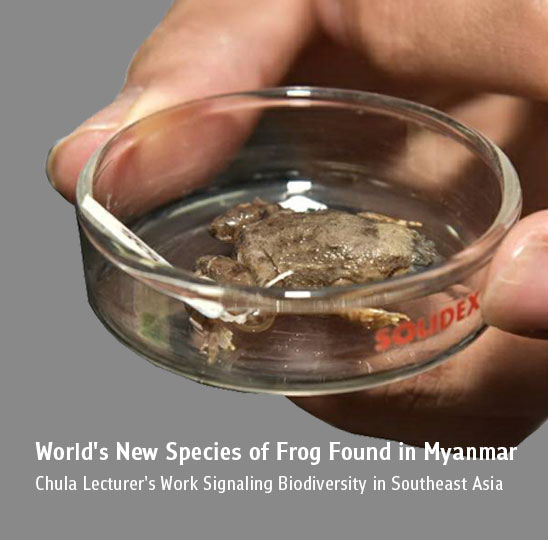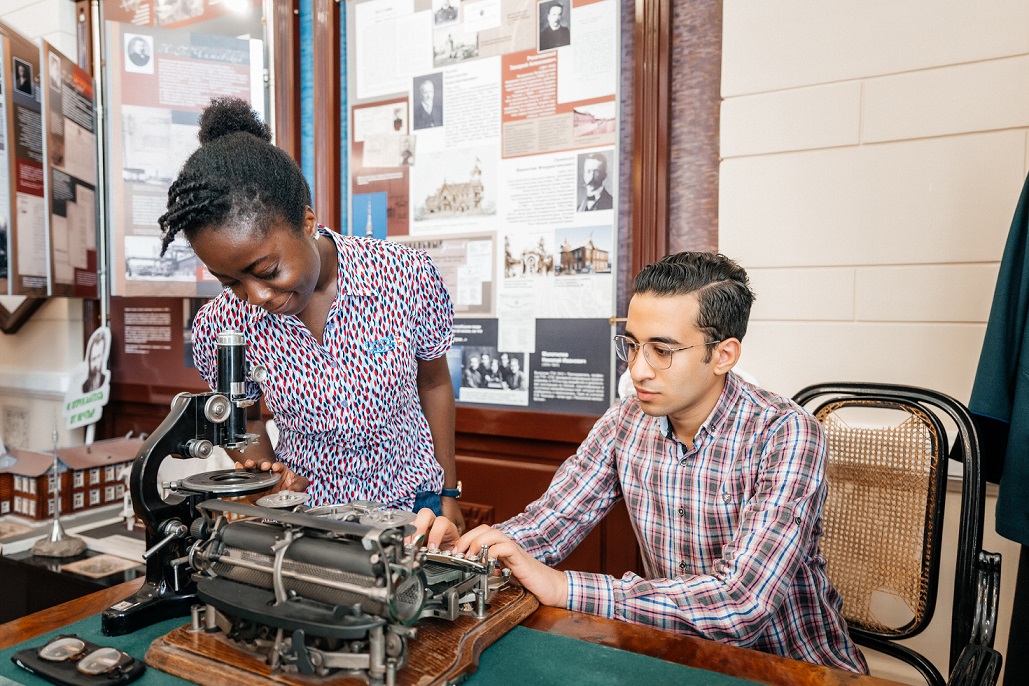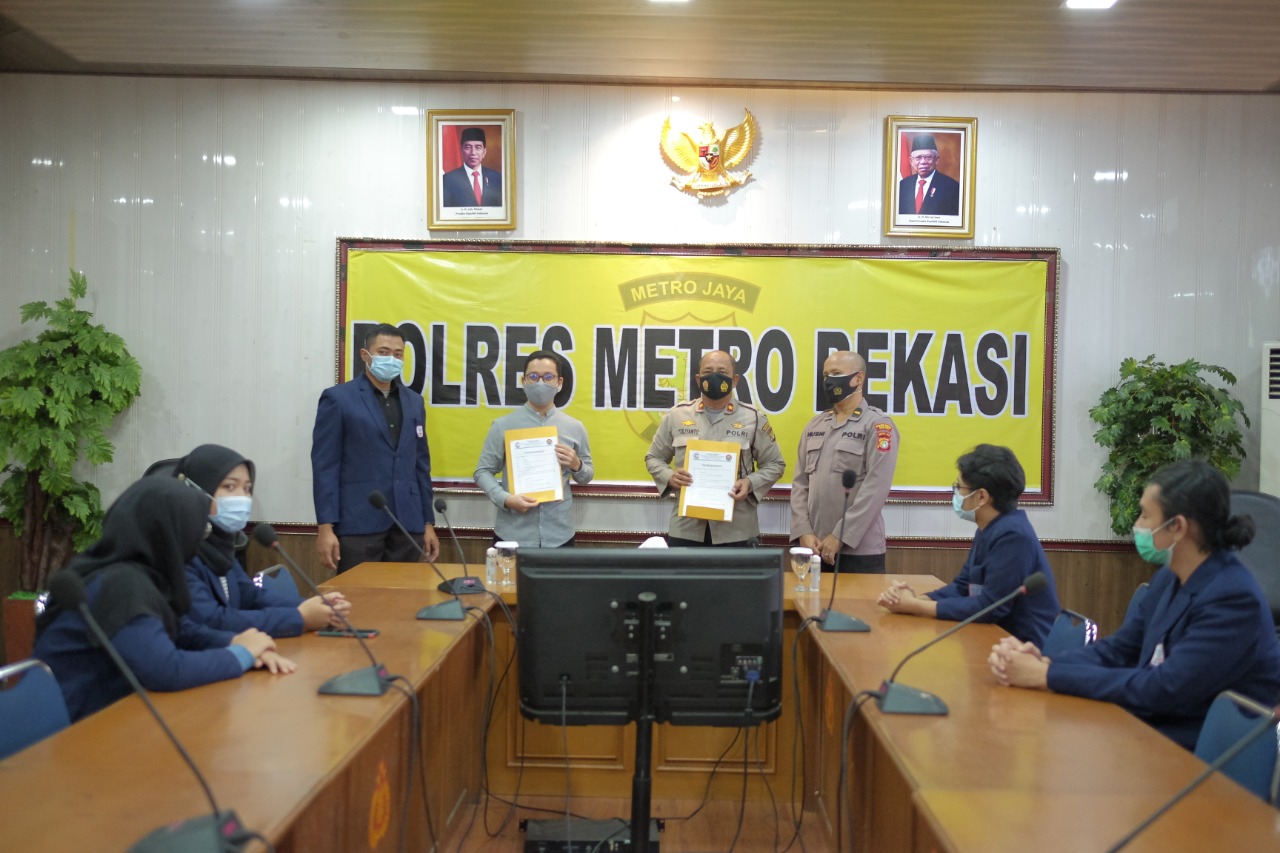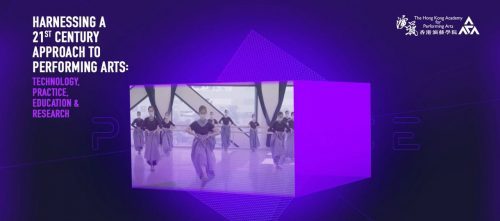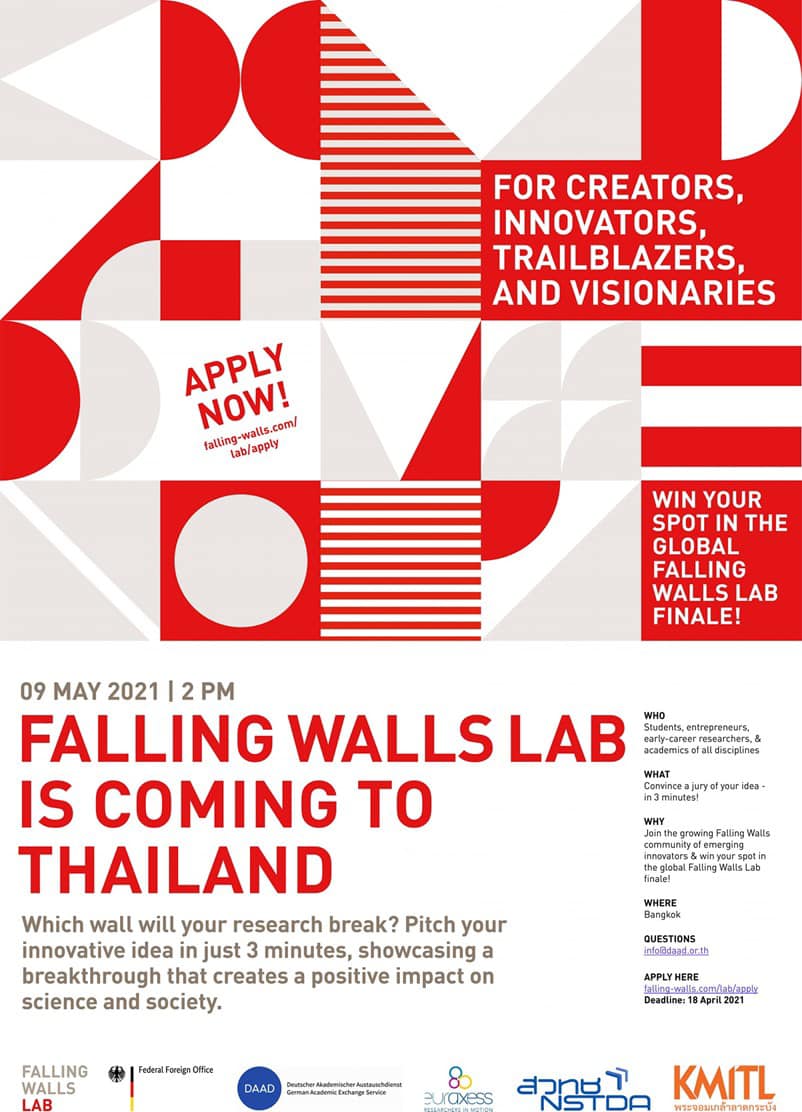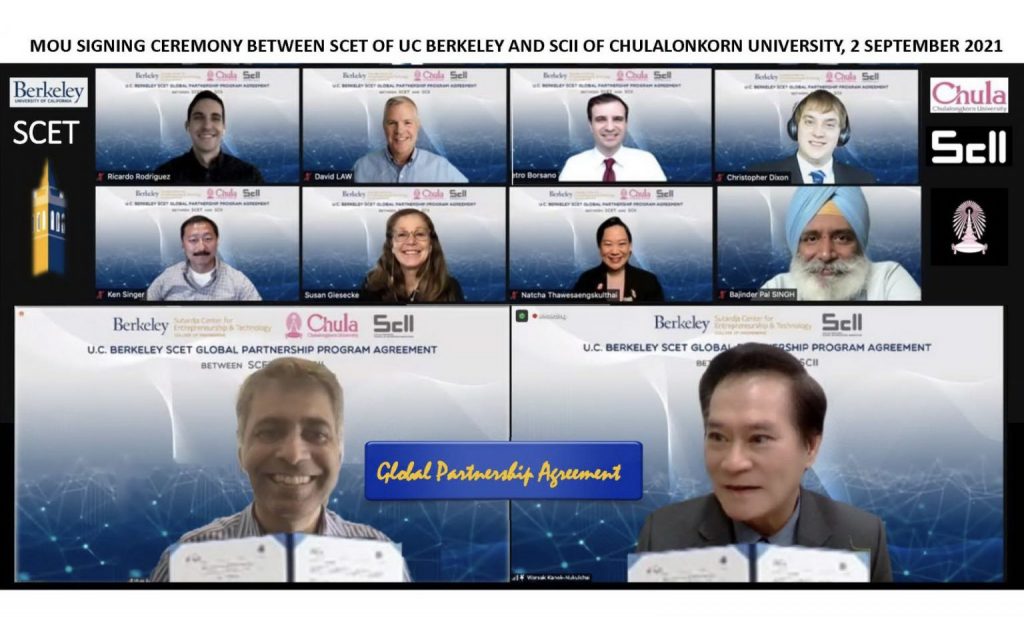The Faculty of Science, Chulalongkorn University, and German researchers recently discovered the world’s newest species of frog in Myanmar which highlights the diverse ecosystems of Southeast Asia, while cautioning that the use of agrochemicals may alter the frog’s reproductive systems risking their extinction.
Amphibians such as various species of frogs are signs of ecological integrity and well-balanced ecosystems, but in the past, ecological degradation has caused the number of these animals, especially the common green frogs and tree frogs to decline dramatically, and have now been listed as “endangered species”. The discovery of the world’s new species of frog in Myanmar by Chula’s Faculty of Science and the German team of researchers is, therefore, something to rejoice about.
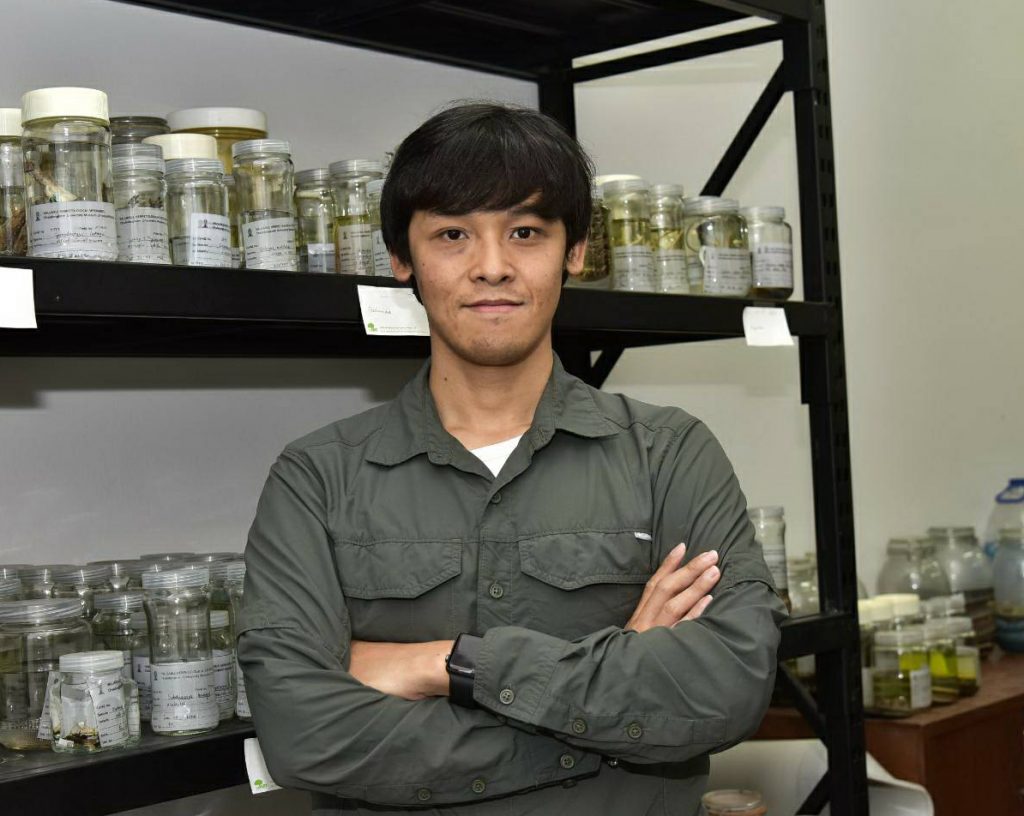
the Department of Biology, Faculty of Science, Chulalongkorn University
“This new species has a low call and not as piercing a call as general anurans. These frogs are small in size and their skin is a little slimier than other species. The feet are webbed as these frogs live near water. Similar frogs can be found in Thailand but are of different species,” explained Dr. Panupong Thammachoti, the Department of Biology, Faculty of Science, Chulalongkorn University, about the new discovery which was recently published in the international academic journal Vertebrate Zoology.

Since 2017, the Department of Biology, Faculty of Science, Chulalongkorn University, in collaboration with Senckenberg Research Center, Germany, have been exploring the tropical forests in Thailand, Myanmar, Lao PDR, Vietnam, Malaysia, and Indonesia to study and assess the biodiversity of amphibians, including reptiles in Southeast Asia.

“We have been collecting amphibian and reptile specimens in many countries in Southeast Asia over the past three years and found these frogs in the jungles of Myanmar that we could not clearly classify in terms of taxonomy. After bringing the specimens back to be analyzed in our lab, we found that this is the “world’s new species,” said Dr. Panupong, a taxonomist and ecologist.
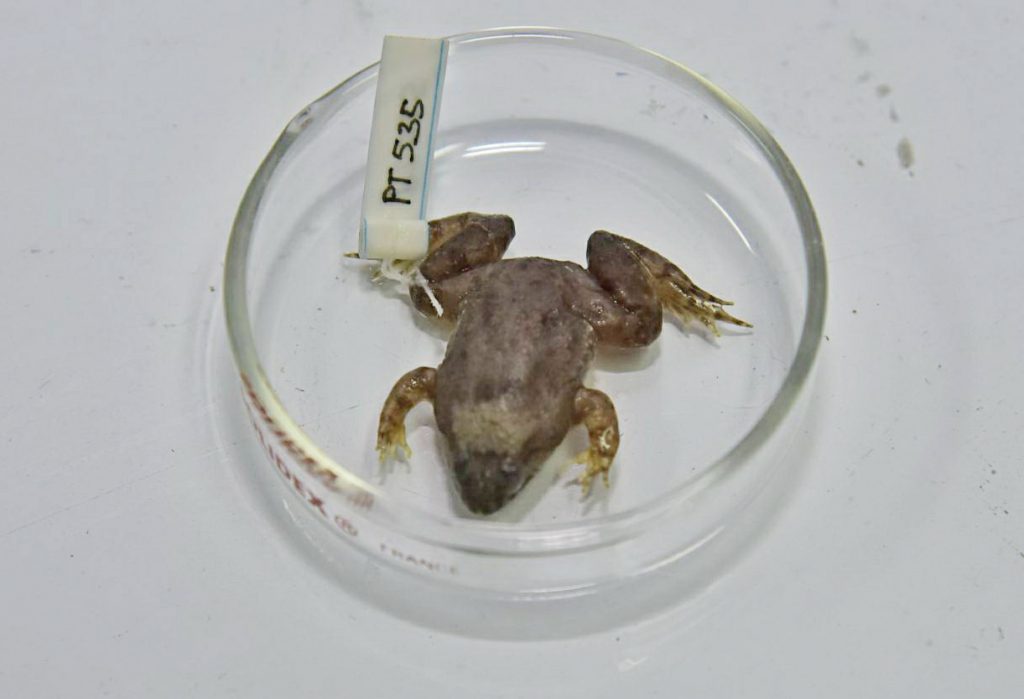
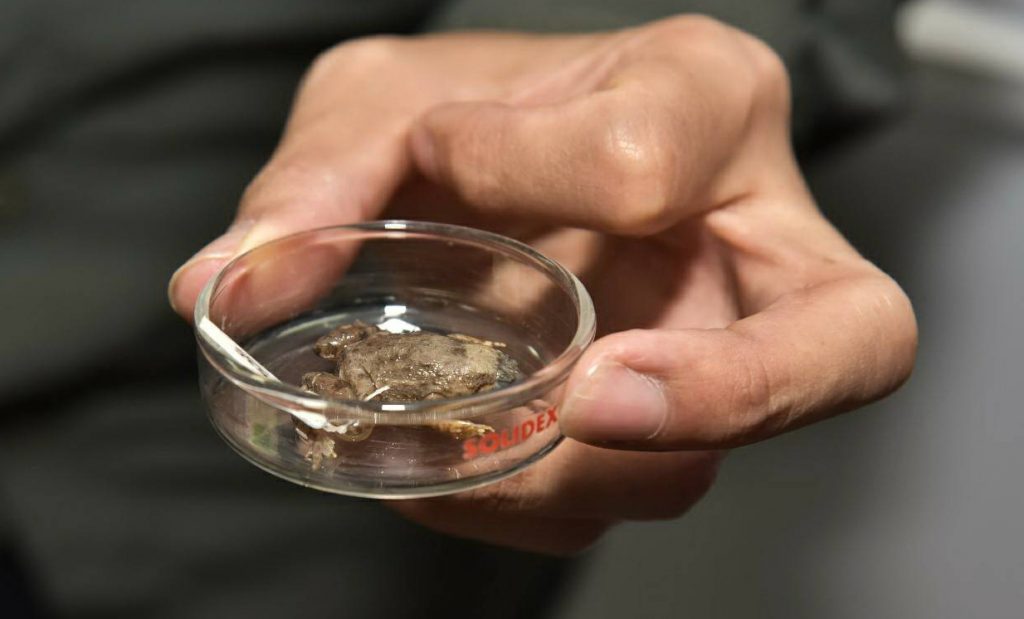
In the laboratory analysis process, the co-researchers compared morphological differences, analyzed vocal variations, studied evolutionary relationships, including genome, and genetic information until they could determine their genus. The genus Occidozyga was switched to Phrynoglossus and their scientific name was announced as Phrynoglossus myanhessei in March.
“The word myan comes from Myanmar, and hessei comes from the state of Hesse in Germany, who was our sponsor throughout the research period in Myanmar,” Dr. Panupong elaborated on the origin of the name.
Finally, he stressed the importance of ecosystem and amphibian conservation that “these animals tend to live in humid climates because their skin requires constant moisture. On the food chain, they are both the predator and the prey. They eat insects but are also eaten by birds and snakes. This is an important mechanism in nature that maintains the balance in the ecosystem. However, in the past several decades, the use of pesticides in agroindustry has been critically affecting their population. The chemicals tainting their water habitats have destroyed their organs and reproductive systems until their number has dwindled and that disturbs the ecological balance.”
Currently, Dr. Panupong is studying “Kukri snakes” – non-venomous snakes that like to eat poisonous snake eggs — a natural population control of poisonous snakes. Another study is looking at biodiversity using molecular DNA technology and it is being conducted at Chula’s Research and Technology Transfer Center in Nan Province.



